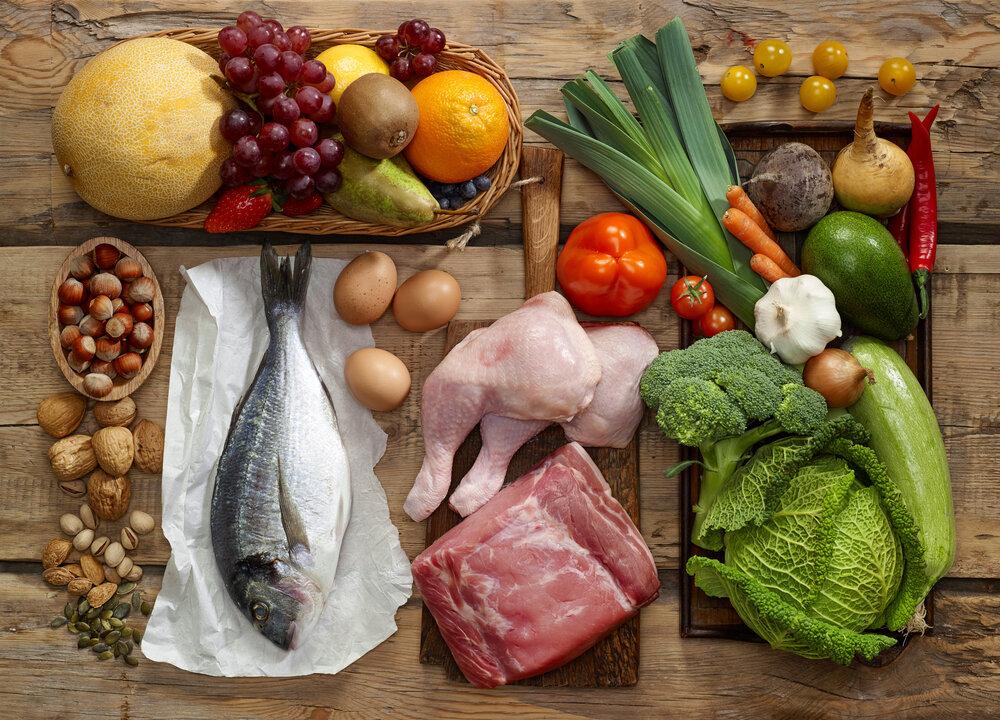First there was the Paleolithic diet, emulating the eating habits of our nomadic ancestors. Now there’s a more vegetarian version: the Pegan diet.
Paleo-Vegan may seem like a strange mash-up since such a big part of the Paleo diet is fat and meat. But consider Paleo’s emphasis on quality. Adherents of this diet specifically seek grass-fed meat, raised without hormones or antibiotics.






